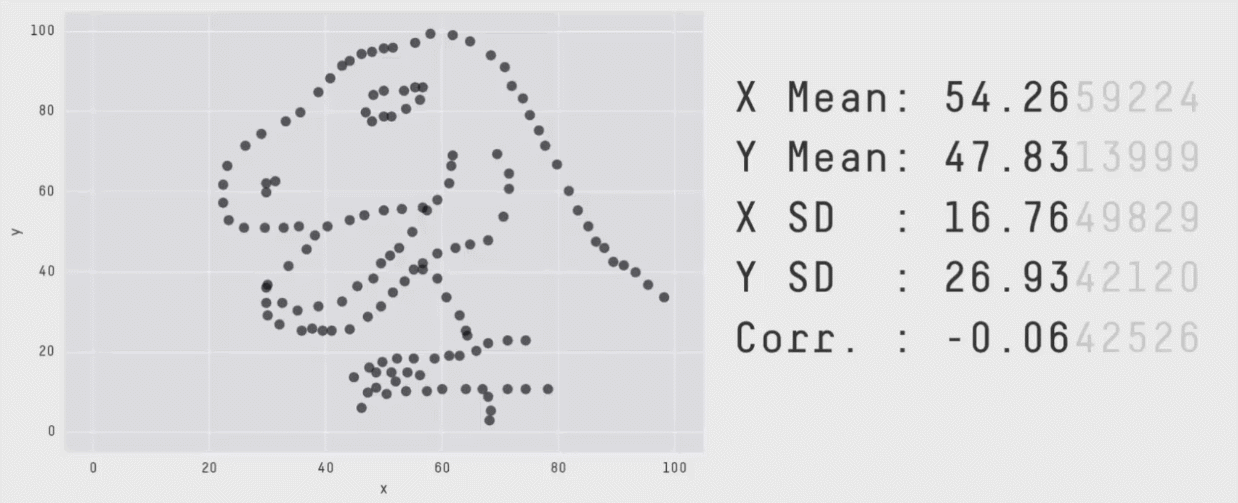Getting Started with Data Journalism
Outline
- What is data journalism?
- Using data in stories
- How do we find data in New Zealand?
- What are charts?
- How to use Datawrapper
- Locator maps
- Graphs
- Tables
- How to use Flourish
- A few guidelines
- Where to go from here
What is data journalism?
Paul Bradshaw from Birmingham City University says:
Data can be the source of data journalism, or it can be the tool with which the story is told — or it can be both.
The Bureau of Investigative Journalism says:
Data journalism is simply journalism.
The former is a new and trendy term but ultimately, it is just a way of describing journalism in the modern world.
A few examples of data journalism
Why did I decide to move from data science/visualisation to journalism?
Marino Rivera’s Cutter
I went to a talk by Amanda Cox, from the New York Times and one of the stories she showed was this look at Mariano Rivera’s Cutter
What roles does data have in journalism?
- More and more stories need (or are enhanced by) analysis and communication of data.
- Data can serve as the primary source for an story.
- Data can also be the used to tell the story
How about something more attainable?
A selection of recent Herald stories that use data:
Data journalism doesn’t need to be big and fancy
I think there are three distinct classes of data journalism:
- Data collection
- Data analysis
- Data presentation/story-telling
Most stories involve all three, but if you are getting started focus on just one.
Where do we find data in New Zealand?
- Figure.NZ (If you can only remember one thing from this talk, remember this)
- Stats NZ (It is all about to change)
- Justice
- Data.govt.nz
- policedata.nz
What is a chart?
- Or what makes something a visualisation as opposed to a graphic?
A chart (sometimes known as a graph) is a graphical representation for data visualization, in which “the data is represented by symbols, such as bars in a bar chart, lines in a line chart, or slices in a pie chart”.
Why use charts?
Exercise
Company A has 10 employees. Each employee earns $100,000 per year. What is the average salary?
Company B has 10 employees. 9 employees earn $10,000 per year. 1 employee earns $910,000 per year. What is the average salary?
Company A has a good year and applies an average salary increase of 10% - everyone now earns $110,000.
Company B has a good year and applies an average salary increase of 10% - 9 people still earn $10,000 and 1 person earns $1,010,000.
Digressions — Why?
All summary statistics hide things
The mean and standard deviation are the same for each of these graphs

Datawrapper
Datawrapper is widely used by journalists, and was created by journalists, to
Enrich your stories with charts, maps, and tables.
- It’s free (there is a paid plan but it targets larger organisations)
- It provides well designed and sensible defaults making it easy to create a good-looking chart
- Charts will continue online if you close your account
Fantastic blog- well worth reading to get you started thinking about what makes a good chart
Datawrapper has been seen in the wild in the
- New Zealand Herald,
- Stuff,
- RNZ,
- Newsroom, and
- The Spinoff.
So it’s a useful skill to have in the New Zealand market.
(Yes I know these examples are slightly misleading - exactly why is left as an exercise for the reader)
Flourish
Many New Zealand news organisation use Datawrapper. But Flourish is also popular. e.g
Flourish and Datawrapper are very similar tools. Datawrapper is focused on static charts, Flourish provides more interactive options.
Where to use datawrapper and flourish
Practical examples
Tools needed
- datawrapper.de
- google sheets
sheet.new - geojson.io (for maps)
Examples
- A datawrapper locator map: An earthquake somewhere in New Zealand
- A simple line chart: Burglaries in Christchurch
- A simple bar chart: GDP by industry
- A simple column chart: Private vehicles per household
- Sidebar Vehicles per capita
- Multiple lines: Volume of alcohol available for consumption
- A table: Volume of alcohol available for consumption
Chart choice
- Different charts will highlight different aspects of your data more effectively.
- Choose the chart that shows the aspect of the data that you are interested in
- Line and Bar charts are often a safe choice
- Take care with maps and pie charts
Bad or deceiving charts
- Charts and graphs can be used to deceive
- Don’t do this.
The best way to get a sense for bad charts is to peruse vis.wtf or /r/dataisugly. There is also a good writeup here
The most common bad things are:
- Incorrect, missing, or misleading labels
- Inconsistenct scales
- Truncating scales
- Comparing things that shouldn’t be
- Too many things
A few rules
Barcharts always start at 0
Line charts don’t need to start at 0, but always ask yourself if the range you select is going to make an insignificant change look important
Example: Drinks per person
Only use pie charts for parts of a whole and only when there are less than 5 categories
Avoid maps for showing quantities
LABELS - you are a journalist!!!
Going further
The next most useful skill is to learn how to use a simple pivot table.